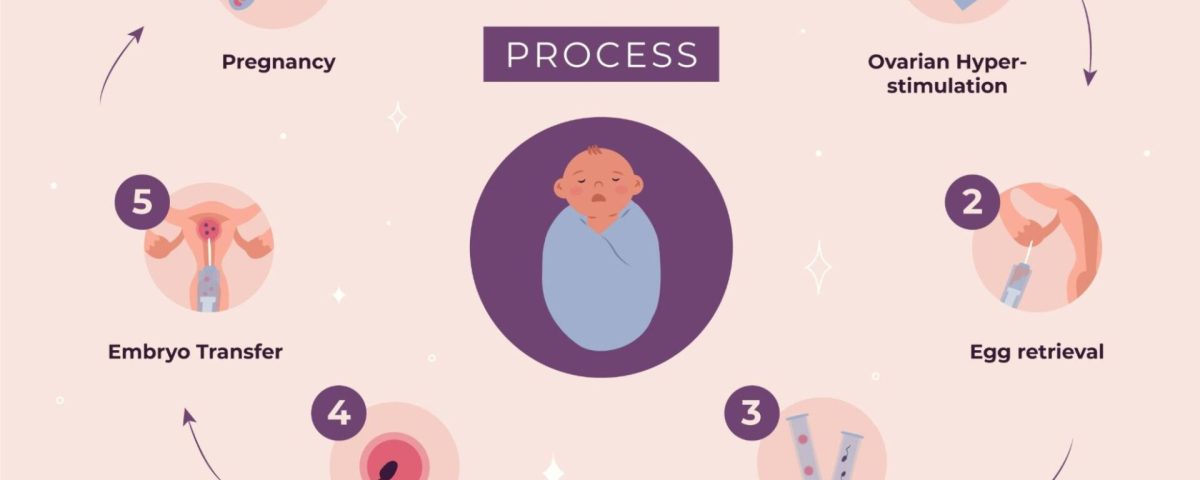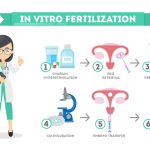
IVF Test Tube: Everything You Didn’t Know About Creating Life in a Lab
April 7, 2025IVF Medical Abbreviation: What It Means and Why It Matters to You
Hey there! If you’ve stumbled across the term “IVF” and wondered what it stands for, you’re not alone. It’s one of those abbreviations that pops up everywhere—doctor’s offices, online forums, even casual chats with friends trying to start a family. IVF stands for In Vitro Fertilization, a medical process that’s helped millions of people become parents when nature needs a little nudge. But there’s so much more to it than just a fancy name! In this deep dive, we’ll unpack what IVF really means, how it works, and some surprising details you might not find in a quick Google search. Whether you’re curious, considering it, or just love learning something new, stick around—this is for you.
What Does IVF Actually Mean?
Let’s break it down. “In Vitro” is Latin for “in glass,” and “Fertilization” means the moment a sperm and egg join to start a pregnancy. Put them together, and IVF is when doctors help that magic happen outside the body, usually in a lab dish. It’s like giving nature a high-tech assist! This process is part of a bigger group of treatments called Assisted Reproductive Technology (ART), which sounds complicated but just means tools to help people have babies.
Why People Turn to IVF
IVF isn’t something you wake up and decide to try on a whim. It’s often a Plan B for folks facing challenges like:
- Blocked fallopian tubes (those little highways where eggs travel)
- Low sperm count or sluggish swimmers
- Endometriosis, a condition where tissue grows where it shouldn’t
- Unexplained infertility, when doctors can’t pinpoint why pregnancy isn’t happening
Fun fact: IVF isn’t just for couples! Single parents-to-be and same-sex couples use it too, often with donor eggs or sperm. It’s a game-changer for anyone dreaming of a little one.
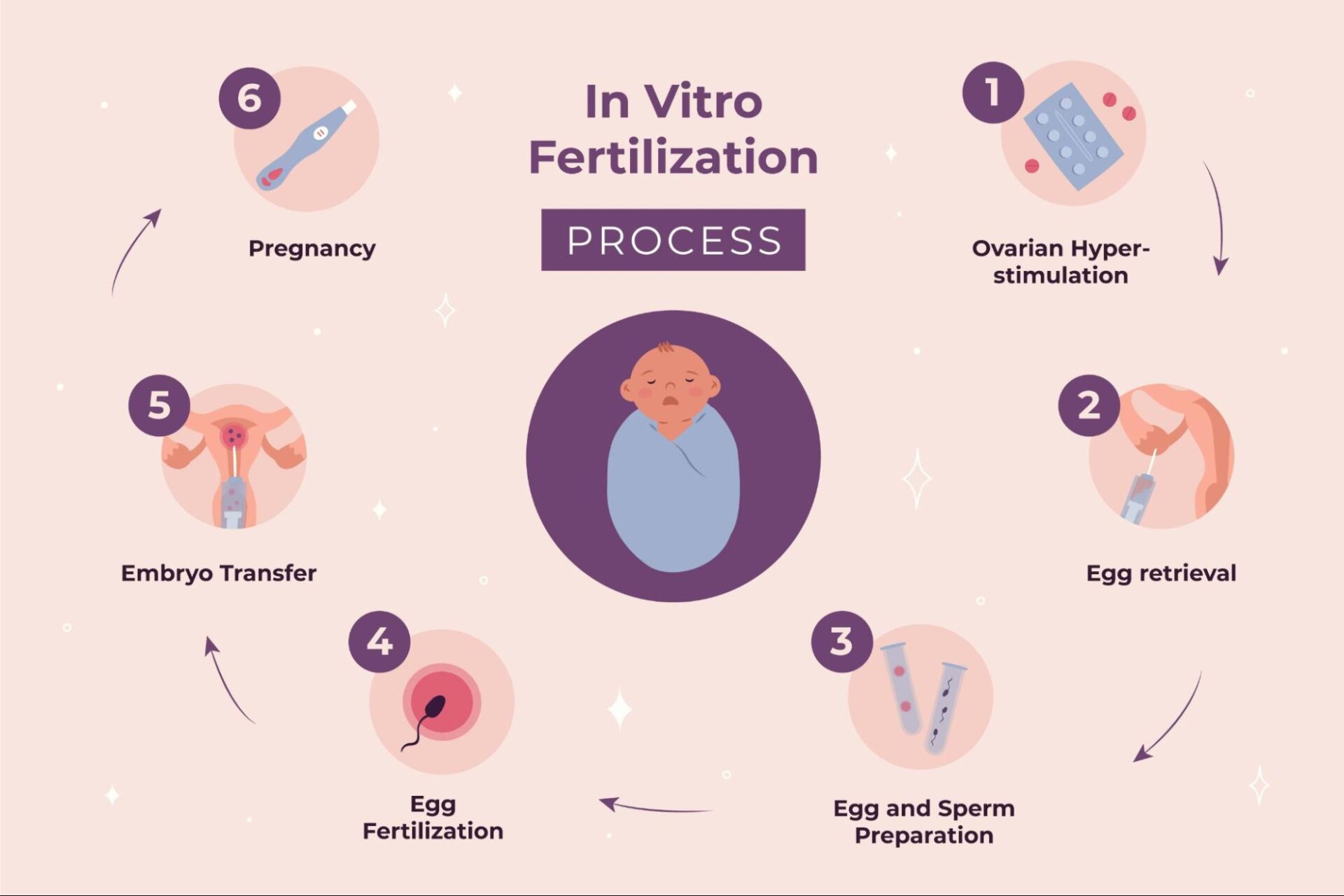
How Does IVF Work? A Step-by-Step Peek Behind the Curtain
IVF isn’t a one-and-done deal—it’s a journey with a few key stops. Here’s how it goes down, explained like a recipe for your favorite dish.
Step 1: Boosting Egg Production
Normally, your ovaries pop out one egg a month. With IVF, doctors give you hormone shots (think of them as egg cheerleaders) to crank up that number. More eggs = more chances for success. You’ll get ultrasounds and blood tests to check how those eggs are growing.
✔️ Pro Tip: Keep a journal during this phase—those hormones can make you feel like you’re on an emotional rollercoaster!
Step 2: Egg Retrieval
Once the eggs are ready (about 10-14 days later), it’s harvest time. A doctor uses a tiny needle, guided by ultrasound, to scoop them out of your ovaries. Don’t worry—you’re usually asleep or sedated. It takes about 20 minutes, and you might feel crampy after, like a heavy period day.
❌ Myth Buster: No, they don’t take all your eggs! You’ve got thousands left.
Step 3: Sperm Meets Egg
In the lab, the eggs get cozy with sperm—either from a partner or a donor. Sometimes, if the sperm need extra help, doctors use a trick called ICSI (Intracytoplasmic Sperm Injection), where they inject a single sperm right into an egg. It’s like a VIP pass to fertilization!
Step 4: Embryo Growth
The fertilized eggs (now embryos) chill in the lab for 3-5 days, growing stronger. Scientists keep an eye on them, picking the healthiest ones for the next step.
Step 5: Embryo Transfer
Here’s the big moment: a doctor slides a tiny tube through your cervix and places the embryo(s) into your uterus. It’s quick, painless, and you’re awake. Then, you wait—about 12-14 days—for a pregnancy test.
✔️ Real Talk: Rest after, but don’t stress about lying flat 24/7. Studies show light activity is fine!
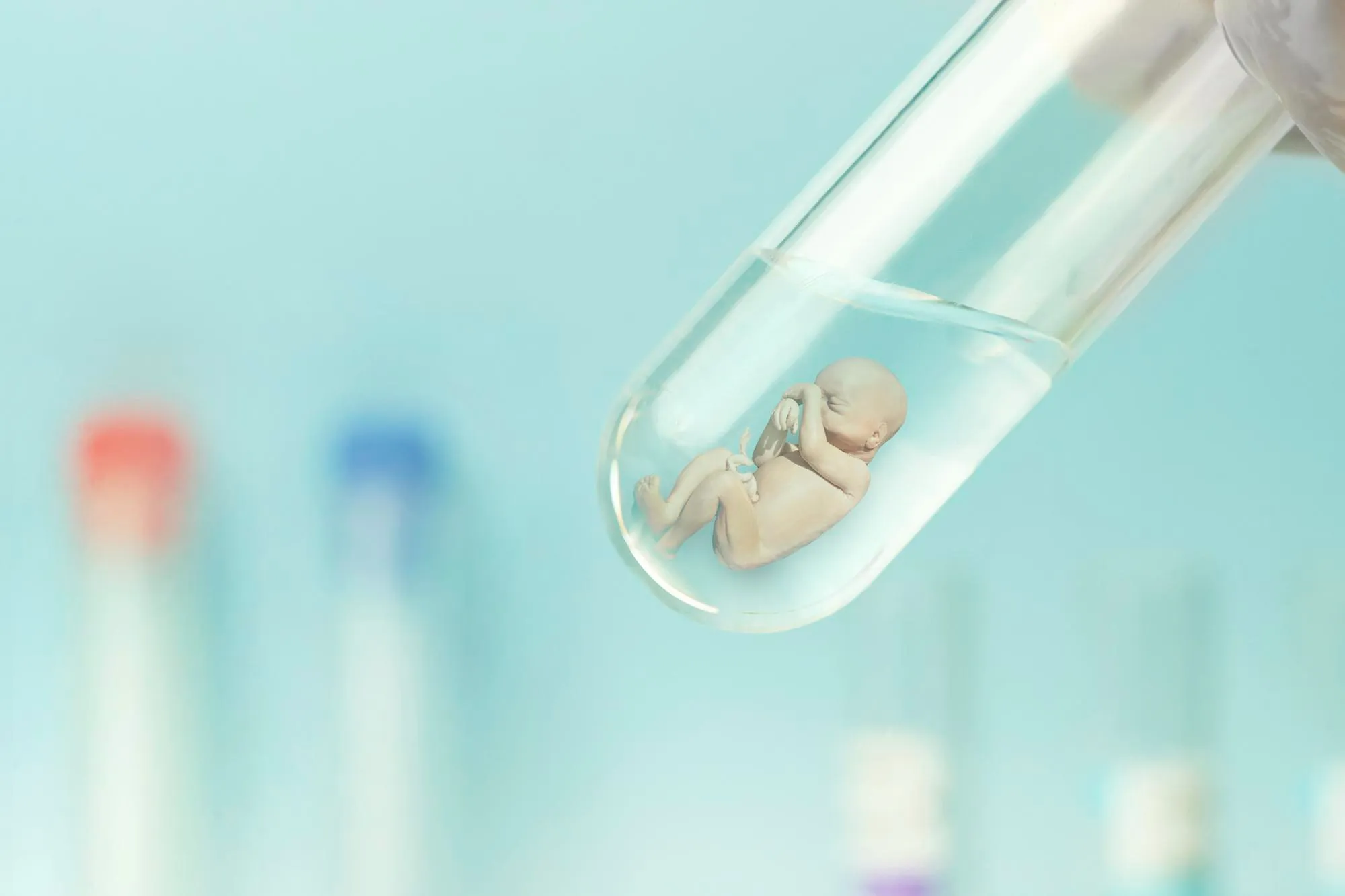
The Secret Side of IVF: What You Won’t Find in a Pamphlet
IVF isn’t just science—it’s a personal adventure full of quirks and surprises. Let’s spill some tea on the stuff people don’t always talk about.
The Emotional Wild Ride
Those hormone shots? They can turn you into a weepy movie star one minute and a snack-craving ninja the next. One mom-to-be said she cried over a dropped sock, then laughed about it 10 minutes later. It’s totally normal, but rarely highlighted.
The Waiting Game Obsession
After the embryo transfer, you enter the infamous “Two-Week Wait” (TWW). People get creative passing the time:
- Binge-watching reality TV (90 Day Fiancé, anyone?)
- Knitting baby booties (optimism FTW!)
- Googling every twinge (spoiler: it’s not always a sign)
Hidden Costs Beyond the Bill
IVF can cost $12,000-$20,000 per cycle in the U.S., and insurance doesn’t always cover it. But there’s more:
- Time off work for appointments
- Travel to clinics (some folks drive hours!)
- Random extras like comfy socks for retrieval day
Dr. Jane Frederick, a fertility expert, once shared, “Patients often underestimate the little expenses that add up—it’s not just the procedure, it’s the whole lifestyle shift.”
IVF Myths vs. Facts: Let’s Clear the Air
There’s a ton of misinformation floating around. Here’s a quick rundown to set things straight.
| Myth | Fact |
|---|---|
| IVF babies are “test-tube” | Nope! They grow in a dish for a few days, then in a uterus like any baby. |
| IVF guarantees a baby | Sadly, no. Success rates vary—about 40% for women under 35, per cycle. |
| It’s only for older women | Not true! People in their 20s use IVF too, for all kinds of reasons. |
✔️ Quick Tip: Chat with real IVF parents online—forums like Reddit’s r/infertility spill the unfiltered truth.
What’s New in IVF? Cutting-Edge Stuff You’ll Want to Know
IVF isn’t stuck in the past—science keeps it fresh. Here’s what’s hot in 2025:
Natural Cycle IVF
Skip the heavy hormones! This version uses your body’s natural egg, retrieved without stimulation. It’s gentler but has lower success rates (around 7-10% per cycle). Perfect if you’re wary of shots.
AI in Embryo Selection
Labs now use artificial intelligence to pick the best embryos. A 2024 study from Cornell University found AI boosts success rates by 15% compared to human picks. It’s like having a super-smart wingman!
Genetic Testing (PGT)
Preimplantation Genetic Testing (PGT) checks embryos for issues like Down syndrome before transfer. It’s pricey—adding $3,000-$5,000—but gives peace of mind. Fun fact: Some parents use it to choose their baby’s sex, though that’s controversial.
IVF Success Rates: What Are Your Odds?
Success isn’t a sure thing, but numbers help. Here’s a 2023 snapshot from the CDC:
| Age Group | Live Birth Rate per Cycle |
|---|---|
| Under 35 | 41% |
| 35-37 | 31% |
| 38-40 | 21% |
| Over 40 | 11% |
Boosting Your Chances
- Stay Healthy: Eat well, sleep lots, and skip the smokes—studies link lifestyle to better outcomes.
- Pick a Great Clinic: Success rates vary wildly. Check SART.org for clinic stats near you.
- Consider Add-Ons: Things like acupuncture might help—small studies show a 10% bump in success.
Dr. Robert Anderson, a reproductive specialist, notes, “Age is the biggest factor, but don’t sleep on clinic quality—it can make or break your cycle.”
The IVF Community: Hobbies, Hacks, and Heart
IVF isn’t just shots and scans—it’s a vibe. People bond over it in wild ways.
Fan-Favorite Pastimes
- Pineapple Core Craze: Some swear eating pineapple core after transfer helps implantation (thanks to bromelain, an enzyme). Science says “maybe,” but it’s a tasty ritual!
- Sock Collections: Clinics are cold—cozy socks are a must. Some folks even trade designs online.
- Vision Boards: Crafting dream-baby collages keeps hope alive during the TWW.
Insider Hacks
- Freeze meals ahead—post-retrieval, you won’t want to cook.
- Use a heating pad for injection soreness (trust me, it’s a lifesaver).
- Join a support group—virtual or IRL, it’s like therapy with friends who get it.
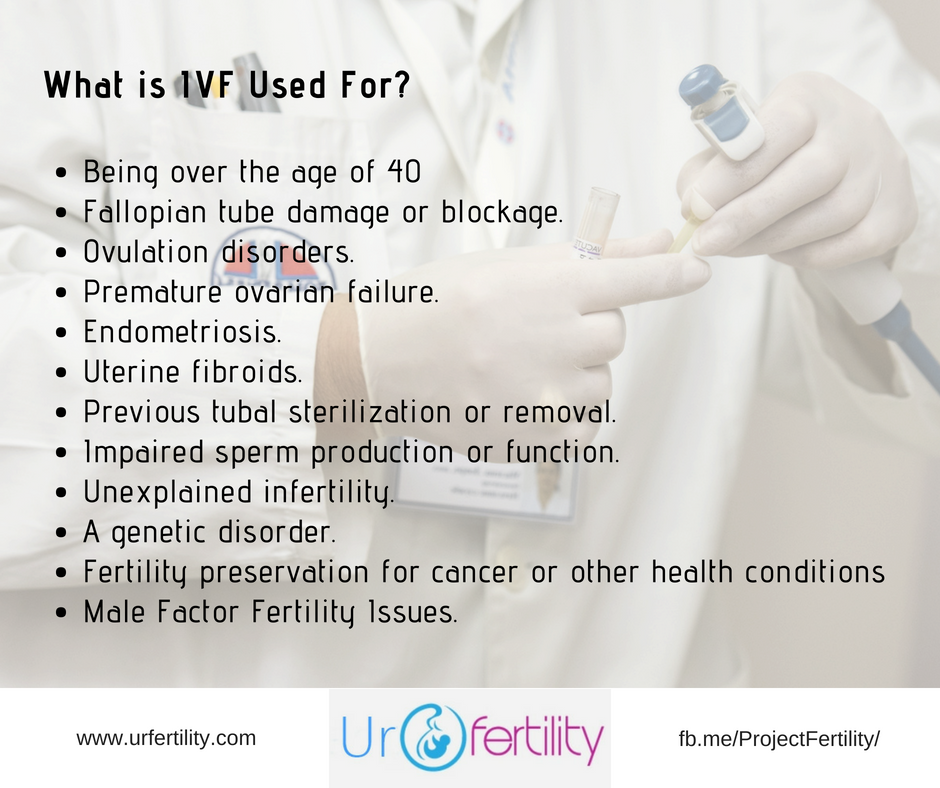
IVF Around the World: A Global Spin
IVF isn’t the same everywhere. Here’s a quick tour:
- U.S.: Big costs, big options. You can freeze embryos forever if you want!
- UK: The NHS covers some cycles if you’re under 40 and meet rules—way cheaper.
- Japan: Super strict—only married couples can use it, and donor sperm is rare.
Fun tidbit: The first IVF baby, Louise Brown, was born in England in 1978. She’s 46 now and has kids of her own—naturally!
Risks and Realities: What to Watch For
IVF is safe, but not risk-free. Here’s the scoop:
Common Side Effects
- Bloating and mood swings from hormones
- Bruising from shots (ouch, but temporary)
- Cramping after retrieval
Rare But Serious
- OHSS (Ovarian Hyperstimulation Syndrome): Overstimulated ovaries can swell—happens in 1-5% of cycles. Rest and fluids usually fix it.
- Multiple Births: Twins or more raise preterm risks. Doctors now push single transfers to cut this.
✔️ Action Step: Ask your doc about “elective single embryo transfer” (eSET)—it’s safer and just as effective.

IVF for Everyone: Breaking Stereotypes
Think IVF is just for straight, married, older couples? Think again.
Single Parents
More singles are going for it, using donor eggs or sperm. In 2023, single women made up 5% of U.S. IVF cycles—small but growing!
LGBTQ+ Families
Same-sex couples shine here. Lesbian pairs might use donor sperm; gay men often team up with surrogates. The ROPA method (one partner’s egg, the other’s uterus) is a hit in Europe.
Younger Crowd
Millennials are freezing eggs early—think 20s and 30s—to keep options open. It’s like a fertility insurance policy.
Your IVF Toolkit: Practical Tips to Rock It
Ready to dive in? Here’s how to prep like a pro.
Before You Start
- Research Clinics: Look at success rates, reviews, and vibes—fit matters.
- Budget Smart: Save for one cycle, then explore loans or grants (check Resolve.org).
- Ask Questions: “What’s your live birth rate for my age?” “Any hidden fees?”
During the Process
- Track Everything: Use an app like Fertility Friend to log shots and moods.
- Lean on Support: Tell a friend or join a group—solo is tough.
- Self-Care: Yoga, baths, whatever chills you out—stress is the enemy.
After Transfer
- Distract Yourself: Start a new hobby (crochet? true crime podcasts?).
- Test Wisely: Wait for the blood test—home kits can trick you early.
The Future of IVF: What’s Next?
IVF’s evolving fast. Here’s what’s on the horizon:
- Lab-Grown Eggs: Scientists are testing eggs made from skin cells—wild, right? Early trials started in 2024.
- Affordable Options: Mini-IVF (fewer drugs, lower cost) is gaining traction.
- Global Access: Groups like the WHO are pushing for cheaper IVF in low-income countries.
Dr. Emily Chen, a fertility innovator, predicts, “In 10 years, IVF could be as routine as a dental checkup—accessible and personalized.”
Let’s Talk: Your IVF Questions Answered
Got Qs? I’ve got As—based on what real people ask online.
Does IVF Hurt?
Not really! Shots sting a bit, retrieval has cramps, but it’s manageable. Think “bad period” vibes, not “surgery” pain.
Can I Work During IVF?
Yep! Most folks keep their 9-to-5, just plan around appointments. Flexible jobs help.
What If It Fails?
It’s tough, but not the end. About 60% of people need multiple cycles. Talk to your doc about tweaks for round two.
Wrapping Up: IVF Is Your Story
IVF isn’t just a medical term—it’s a doorway to dreams, a mix of science and hope, and a wild ride full of socks, pineapple, and waiting. Whether you’re here for yourself or a loved one, knowing the ins and outs makes it less scary and more empowering. It’s not perfect, it’s not cheap, but for many, it’s worth every second.
Let’s Chat!
What’s your IVF curiosity? Ever tried a TWW hack? Drop a comment below—I’d love to hear your story or answer your questions. Let’s keep this convo going!
